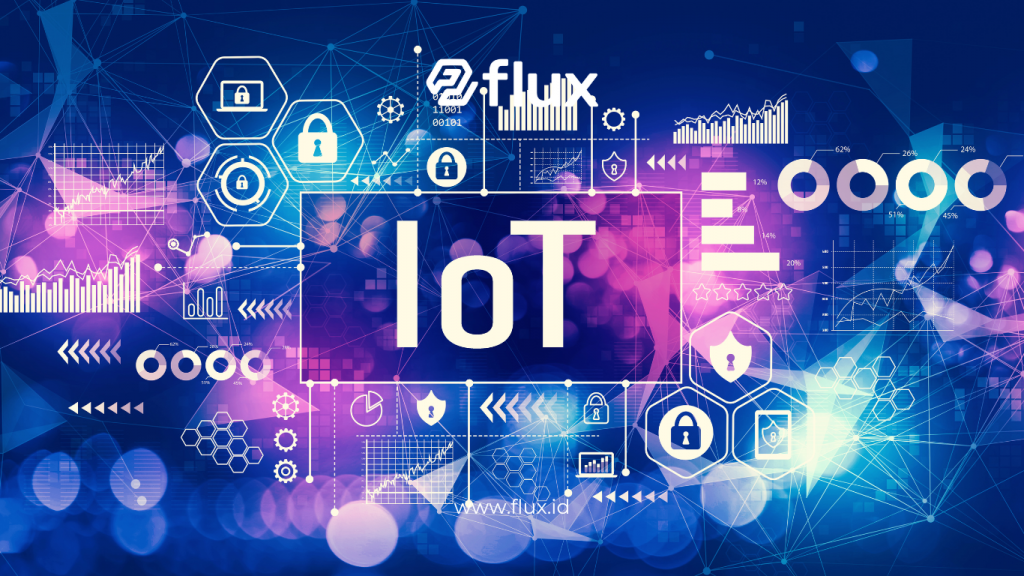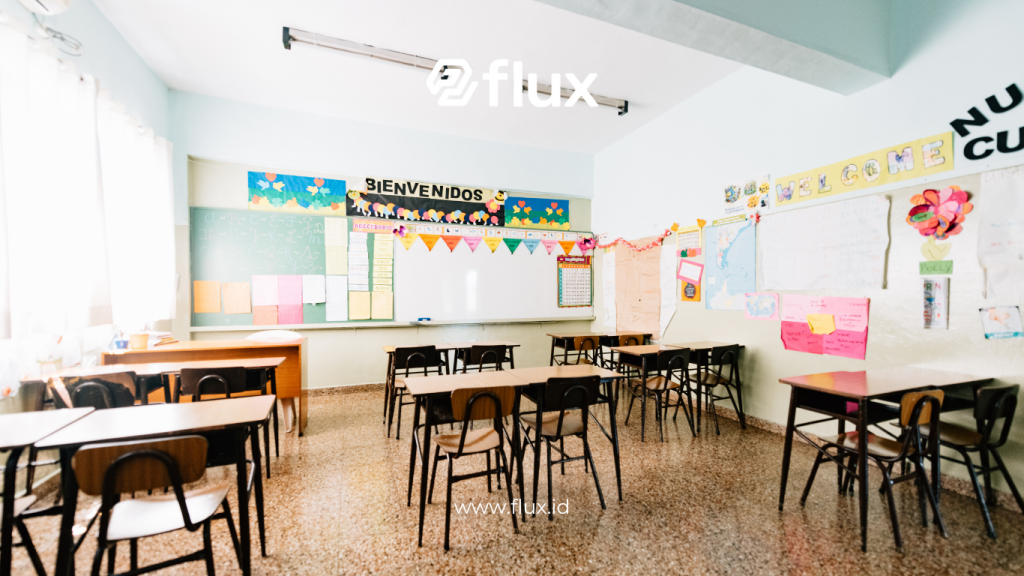Don't miss our holiday offer - 20% OFF!
In today’s digital age, IoT (Internet of Things) technology has revolutionized various sectors, including education. Education Departments are increasingly seeking smart methods to manage and enhance school environments. One promising solution involves using IoT sensors. This article explores how IoT sensors can optimize school management, covering the types of sensors used, their operation, and the benefits they offer.
Contents
What Are IoT Sensors?

Read More: Leveraging IoT Sensors to Enhance the Learning Experience
IoT sensors are devices connected to the internet that collect and transmit data in real-time. Schools use these sensors to monitor and manage their facilities more effectively. By integrating IoT sensors with school management systems, educators can access critical data for better decision-making.
Types of IoT Sensors for Schools

Read More: Student Attendance Sensor Guide: Optimizing Monitoring
Air Quality Sensors
- Function: Monitor air quality in classrooms and school areas.
- Benefits: Ensure clean and fresh air, enhancing student health and comfort.
Temperature and Humidity Sensors
- Function: Measure temperature and humidity at various locations in the school.
- Benefits: Maintain a comfortable and energy-efficient learning environment.
Presence Sensors
- Function: Track the presence of students and staff using RFID or Bluetooth technology.
- Benefits: Automate attendance and improve security.
Lighting Sensors
- Function: Measure lighting levels in classrooms and learning areas.
- Benefits: Regulate lighting to save energy and improve focus during learning.
Noise Sensors
- Function: Monitor noise levels in classrooms.
- Benefits: Reduce disturbances and create a quieter learning environment.
How IoT Sensors Work in School Management

Read More: Revitalizing Education with IoT Sensors
- Data CollectionIoT sensors gather real-time data from the school environment. This includes information on air quality, temperature, humidity, and noise levels. Sensors are strategically placed throughout the school to collect comprehensive data.
- Data TransmissionAfter collecting data, IoT sensors transmit it via the internet to a control center or school management system. This transmission typically uses wireless technologies such as Wi-Fi or Bluetooth.
- Data AnalysisThe system analyzes the data using specialized software or IoT platforms. This analysis provides insights into the school environment and supports better decision-making.
- Action Based on DataBased on the analysis, actions are taken to optimize school conditions. For example, if air quality sensors detect pollution, the ventilation system can be activated automatically to improve air quality.
Benefits of Using IoT Sensors in Schools

Read More: Student Attendance Sensors: Enhancing Discipline and Efficiency
- Improving Health and ComfortBy monitoring air quality, temperature, and humidity, IoT sensors ensure a healthy and comfortable learning environment, benefiting students and staff.
- Saving EnergySensors for lighting and temperature help optimize energy use by automatically adjusting settings. This reduces energy waste and lowers operational costs.
- Enhancing SecurityPresence and security sensors monitor the movement of students and staff, increasing safety. They also assist with attendance management and activity monitoring.
- Simplifying MaintenanceReal-time data helps identify issues such as equipment malfunctions or environmental changes early. This allows for faster and more efficient maintenance.
Case Studies: IoT Sensor Implementation in Schools

- Schools in SingaporeSchools in Singapore use IoT sensors to monitor air quality and temperature in classrooms. This approach has led to significant improvements in learning comfort and energy efficiency.
- Schools in Tokyo, JapanTokyo employs IoT sensors to manage lighting and temperature in its schools. The collected data allows for automatic adjustments, creating an optimal learning environment.
- Schools in Melbourne, AustraliaMelbourne uses IoT sensors to monitor noise and student presence. This technology helps reduce learning disruptions and enhance school security.
Challenges and Solutions in Implementing IoT Sensors

Read More: Utilizing IoT Sensors for Urban Traffic Optimization
Challenges
- Implementation CostsIoT sensor technology requires a substantial initial investment.
- System IntegrationIntegrating sensors with existing management systems can present technical challenges.
- Maintenance and SupportSensors need regular maintenance and technical support to function optimally.
Solutions
- Long-Term InvestmentAlthough the initial costs are high, long-term benefits such as energy savings and improved efficiency can offset these expenses.
- Integrated PlatformsUsing software platforms that integrate various sensors enables comprehensive data analysis.
- Training and SupportProviding training for school staff and technical support ensures effective sensor usage.
Conclusion
IoT sensors offer smart solutions for optimizing school management. By leveraging this technology, Education Departments can enhance the health and comfort of learning environments, save energy, and improve security. Despite implementation challenges, the long-term benefits of IoT sensors make them a valuable investment. Proper adoption of IoT sensors can bring significant improvements to educational facility management, resulting in better and more efficient learning environments.





